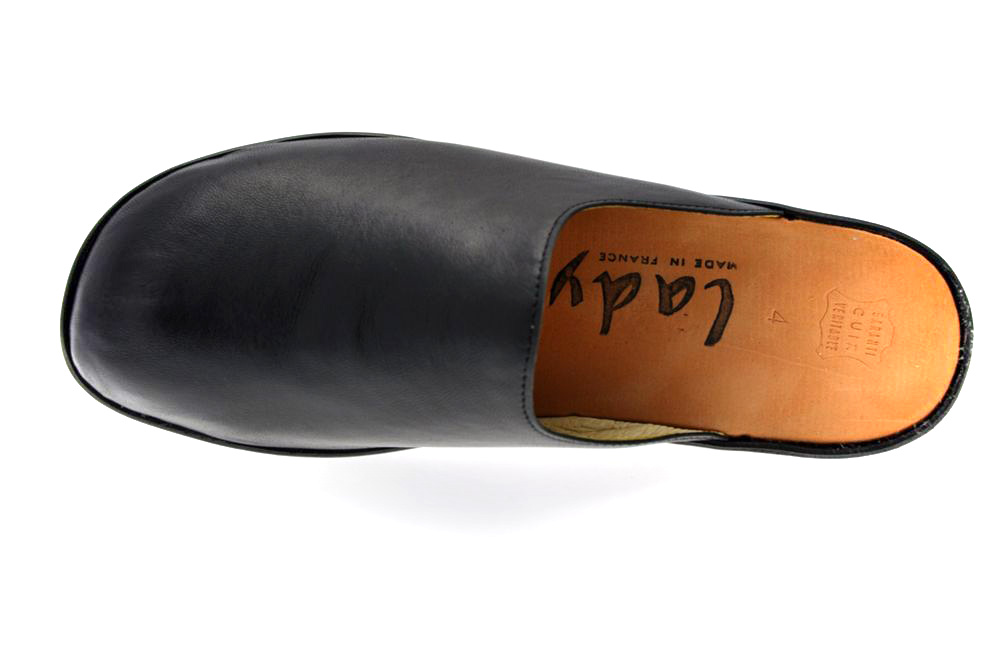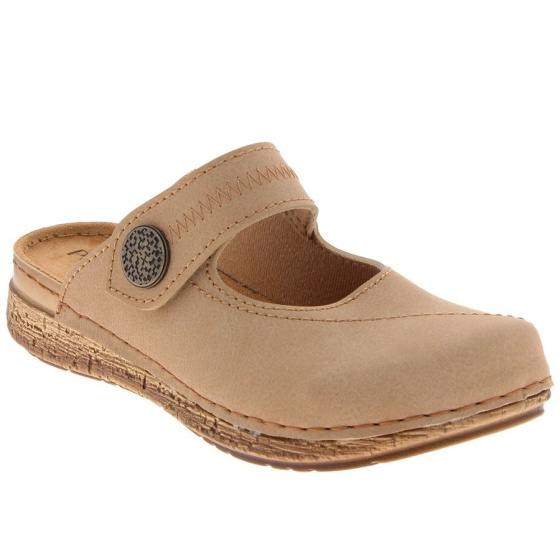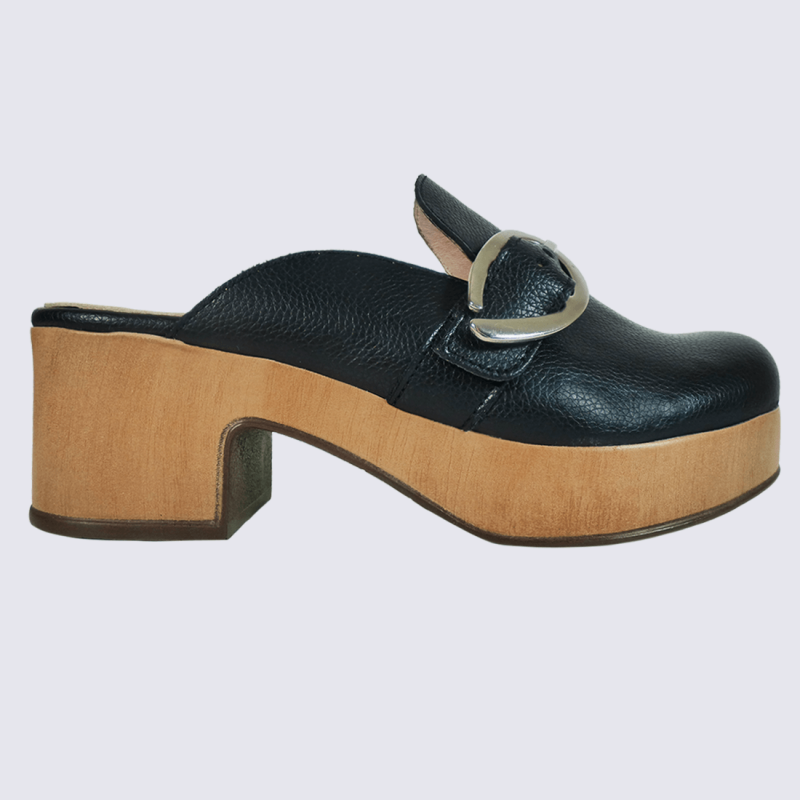
Noir - Pour42 - Baotou Pantoufles Mules pour Femme, Chaussures Fermées, Parka Jolie tue, Slip On, Talons Bas, - Cdiscount Jeux - Jouets

Dasongff Chaussons Hiver Femme Rigolo Mules Homme Confort Large Grande Taille Pantoufles Couples Hiver avec Talon Chausson Homme Fantaisie Mules Fermées Mules et Sabots Confort Chaussons Homme Humour : Amazon.fr: Mode

Sophie mule fermée cuir Vag Blanc - Réf. 609*01*11*01 - Chaussures Femme-Pantoufle / Chausson - Chaussures Lady

Mules à talons carrés pour femmes, élégantes, escarpins à bout fermé, en cuir véritable de vache de qualité, à enfiler, pantoufles de printemps - AliExpress

Mules Fermées en Daim de Mouton pour Femme, Pantoufles à Nministériels d Papillon, Style Basique, Mignonnes, Plates, Printemps Automne - AliExpress

Acheter Sandales orthopédiques confortables pour femmes, mules à bout fermé, pantoufles d'été, chaussures plates | Joom

Mules Compensées Pour Lit De Pied De Massage Pour Femmes, Chaussures À Glissière Confortables À Bout Fermé, Sandales Respirantes Perforées | Protection Des Acheteurs De 90 Jours | Temu Canada

Mules La Maison de l'Espadrille 6105 - Impératrice Or | Mules Compensées La Maison de l'Espadrille pour Femme

Mules éponges fermées lavable femme la paire - Lysor Liane - Grossiste esthétique - Produits et matériel de beauté

Mules élégantes en cuir pour femmes, pantoufles plates fermées carrées, chaussures décontractées pour femmes, diapositives noires et blanches, grande taille 35-43, été 2022 - AliExpress







































